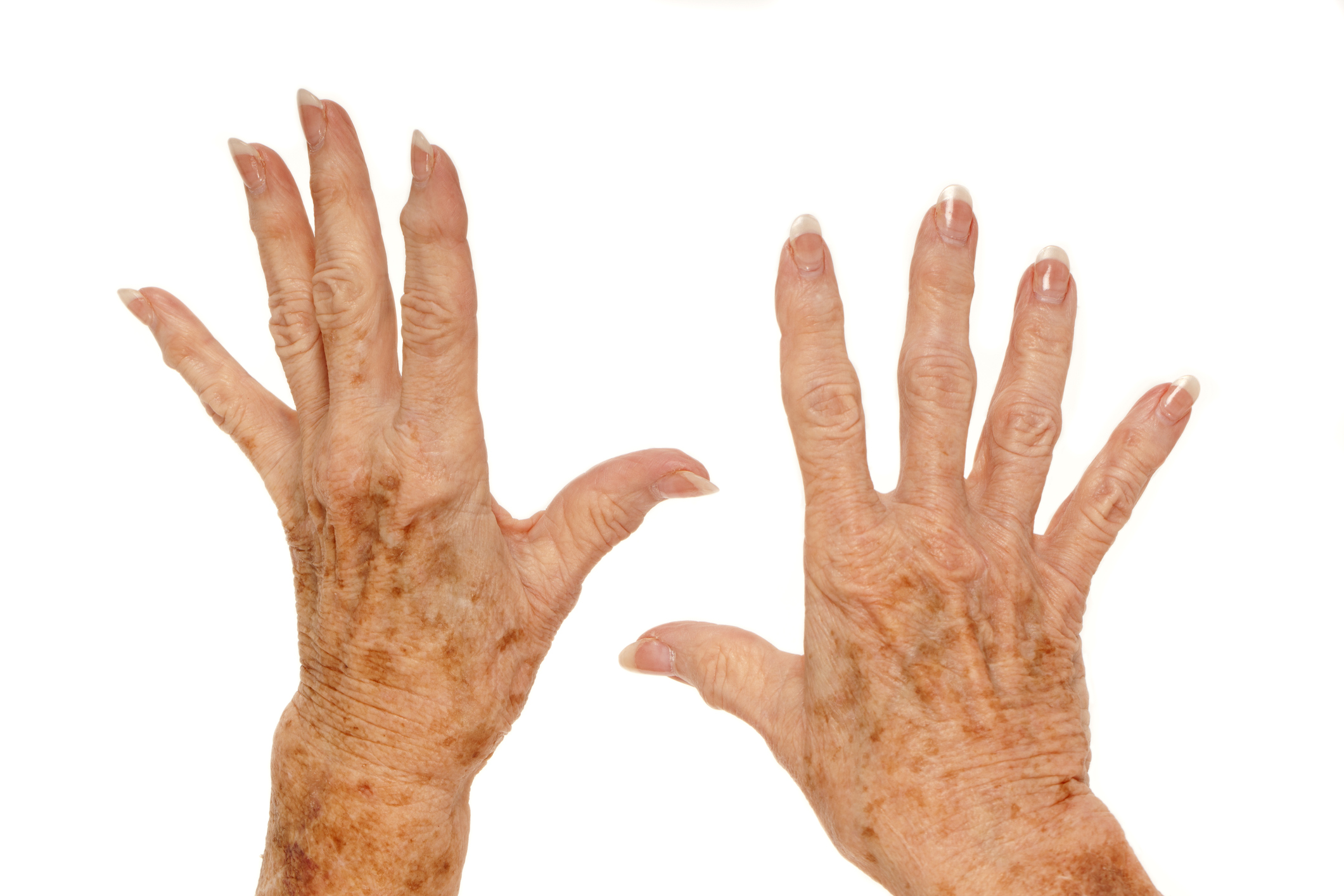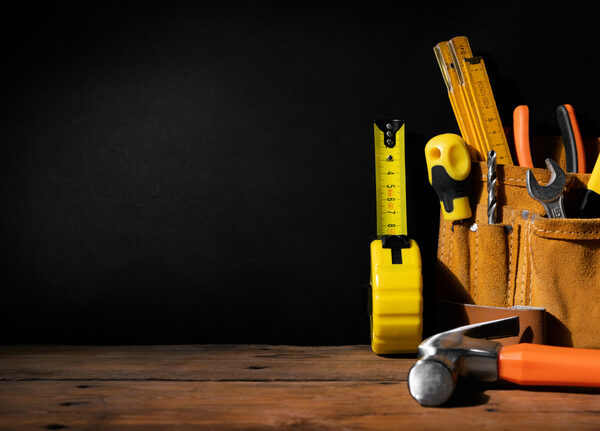Raised age spots, medically know as seborrheic keratosis lesions, are common among adults over the age of 50, especially if they spend a lot of time in the sun. They are rarely cancerous but can become irritating and a source of embarrassment when they appear on the face, chest, shoulders or back. But there is help and a new treatment that will be available by the end of April offers promising results.
There are several methods traditionally used by dermatologists to remove the growths but many are painful, leave scars or can lighten the treated skin. The Food and Drug Administration recently approved a new liquid treatment method, called Eskata, that will rid people of these “barnacles” in as few as two visits to their dermatologist without cutting, burning or freezing the skin. Eskata uses a pen-like applicator to deliver a highly concentrated hydrogen peroxide liquid to each lesion. A doctor will apply the liquid four times at one minute intervals, dissolving the raised spot while leaving the surrounding skin undamaged. It is expected to cost between $200 and $250 and be able to treat seven large spots (1.5 centimeters wide) or 10 smaller lesions.
In testing, nearly 65 per cent of facial lesions were clear or nearly clear 106 days after the first treatment. In some cases a second or third treatment may be required. However, most of the trial patients were caucasian; patients with darker skin tones are advised to do a test spot before using Eskata to ensure a keloid scar or other problems with pigmentation or scarring do not occur.
Sometimes referred to as age warts or senile warts, seborrheic keratoses are not caused by a virus and seem to be a normal part of aging, commonly an inherited condition. They can be flat and pale like freckles or can be quite large and appear suddenly. Dark lesions that look irregular or are growing rapidly should be checked by a doctor to ensure they are not malignant.
If you have SKs (raised growths), you are not alone; as many as 83 million Americans are also affected. According to the American Academy of Dermatology, the exact cause of these lesions is unknown but they usually develop in middle age or later. They can sometime catch on clothing or jewelry, become itchy or infected if disturbed. Do not try to remove them yourself, talk with your dermatologist about treatment options. To learn more about Eskata, follow this link to the Aclaris Therapeutics website.






Add Your Voice
0 Comments
Join the Discussion